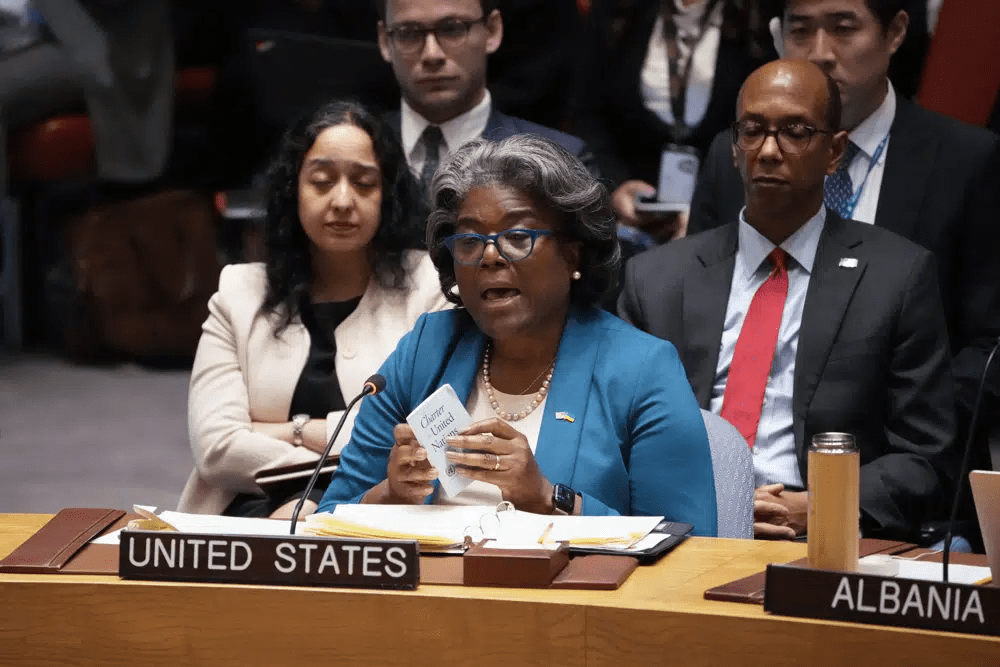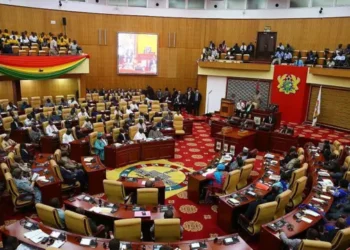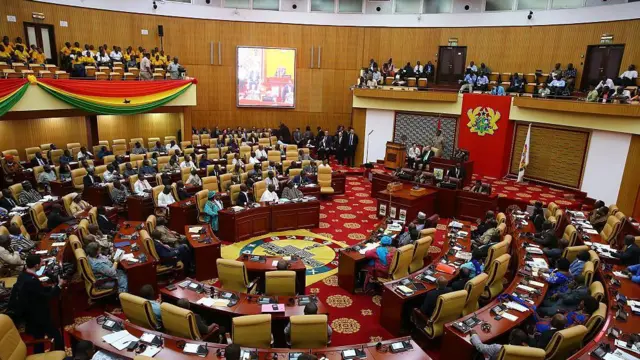The United States has announced an additional $524 million in humanitarian relief for the Horn of Africa in an effort to draw attention to the region’s severe drought and the catastrophic effects of climate change, as well as the need for more than $5 billion.
Only $1.6 billion of the $7 billion requested by the U.N. has been received, which is insufficient to aid the 43.3 million people in Somalia, Ethiopia, and Kenya who require aid, let alone the 21 million of them who lack access to enough food.
The largest humanitarian aid donor to the region is the United States, and Linda Thomas-Greenfield, the U.S. Ambassador to the UN, stated at the U.N pledging conference that the $524 million in new funds will bring the total amount of U.S. humanitarian aid to the region for the fiscal year ending September 30 to $1.4 billion.

After hearing personally “how the drought impacted the food supply and the increased potential for famine” during a visit to the Somali city of Mogadishu in September, Thomas-Greenfield pledged an additional $40 million in financing for the nation.
“Sadly, the humanitarian needs in Somalia, Ethiopia, and Kenya are now greater than ever with over 23.5 million persons facing acute food insecurity. That’s why the United States is continuing to support the humanitarian response in the Horn with this new funding.”
Linda Thomas-Greenfield, the U.S. Ambassador to the UN
In addition to helping millions of people affected by conflict, drought, and food shortages, the U.S. stated the new funding will also assist refugees, asylum seekers, internally displaced persons, and stateless individuals.
It was stated that the U.S. Agency for International Development provided more than $416 million of the additional funds, with almost $108 million coming from the Department of State’s Bureau of Population, Refugees, and Migration.
The crisis in the area, according to the humanitarian organization CARE, has destroyed communities and forced more than 2.5 million people to migrate. It was brought on by two failed rainy seasons, two locust invasions, conflict, rising commodity prices following Russia’s invasion of Ukraine.
Millions of people have been displaced due to flooding that is occurring in parts of Somalia and Ethiopia during the current rainy season. Long dry seasons had killed animals in the affected areas, which were primarily inhabited by herders.

After two years of civil strife, almost all 6 million residents of Ethiopia’s northern Tigray area depend on food aid. Before aid deliveries started after the fighting ended with a cease-fire in November, the region had been brought dangerously close to famine by government-imposed limitations on humanitarian aid.
However, the U.N. and USAID, the U.S. aid agency, announced earlier this month that they were suspending all food assistance to investigate the theft of humanitarian supplies.
IRC President Urges Other Nations To Step Up Contributions
President of The International Rescue Committee (IRC), David Miliband, opined that U.S. funding “is helping keep famine at bay,” especially in Somalia, and urged other nations to step up contributions and ensure full funding of the appeal.
Miliband also called for “a change in approach to famine response and … (to) prevent catastrophe before it strikes.”
This, he said, pointing to research from the 2011 famine that showed a quarter of a million people died before famine was declared and there was a surge in the international response.
“Effective early warning systems help identify areas that are at risk of famine before the situation becomes critical, such as weather patterns, crop yields, and food prices, and should trigger action for the most at-risk by funneling cash, food and other support before people experience” acute food insecurity let alone famine, he said in a statement.



















